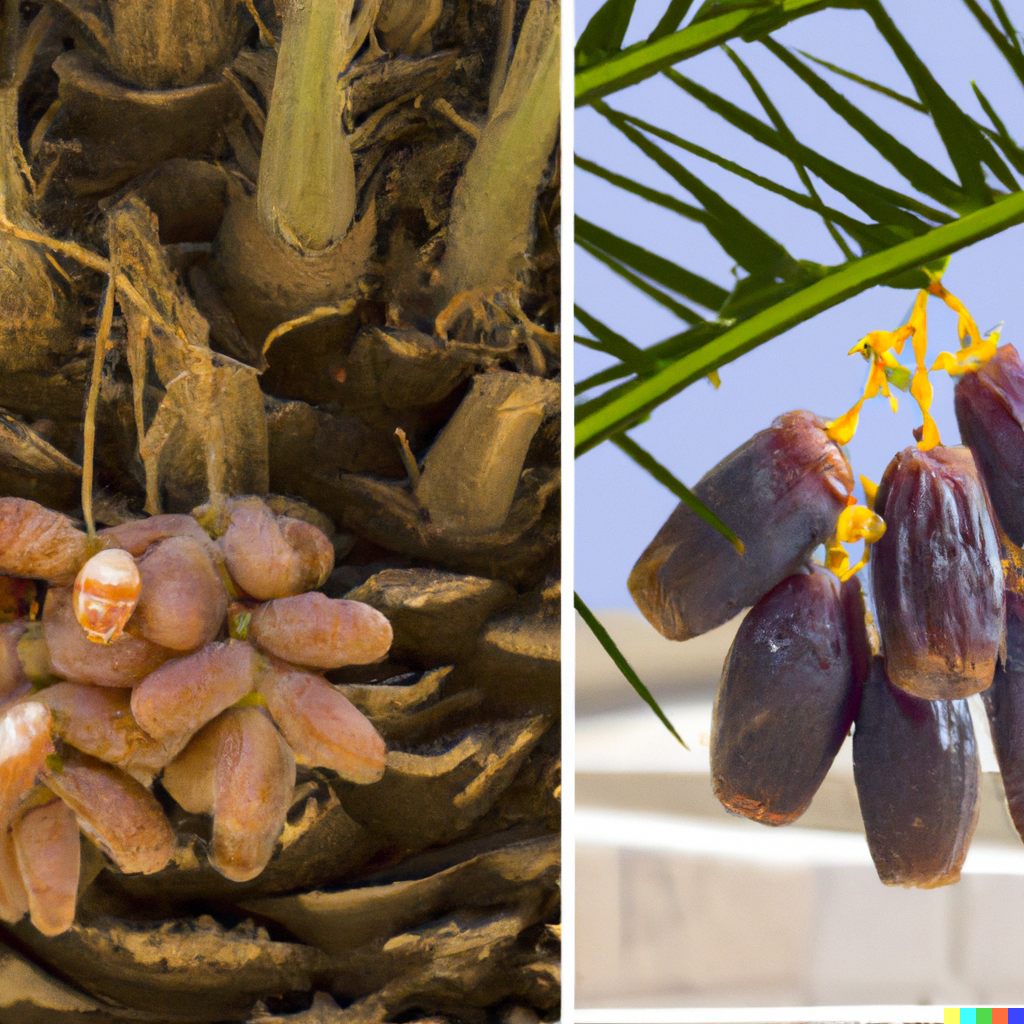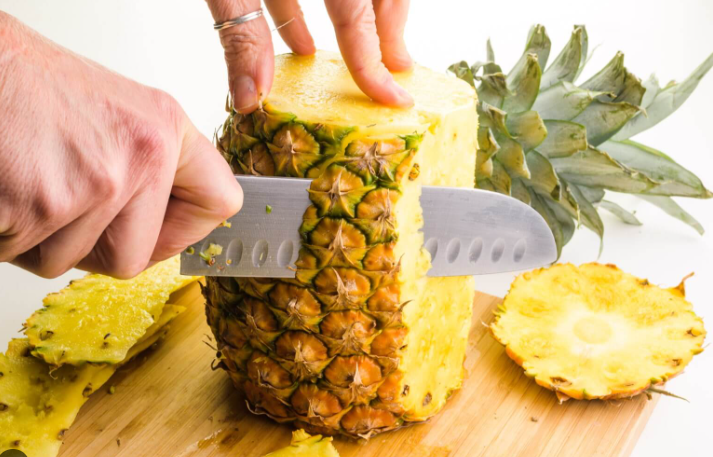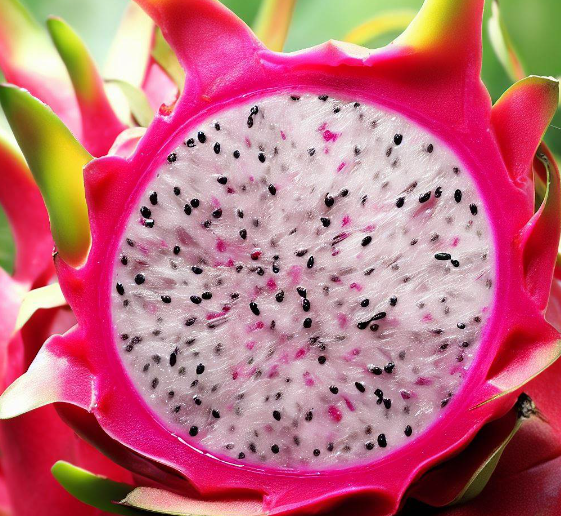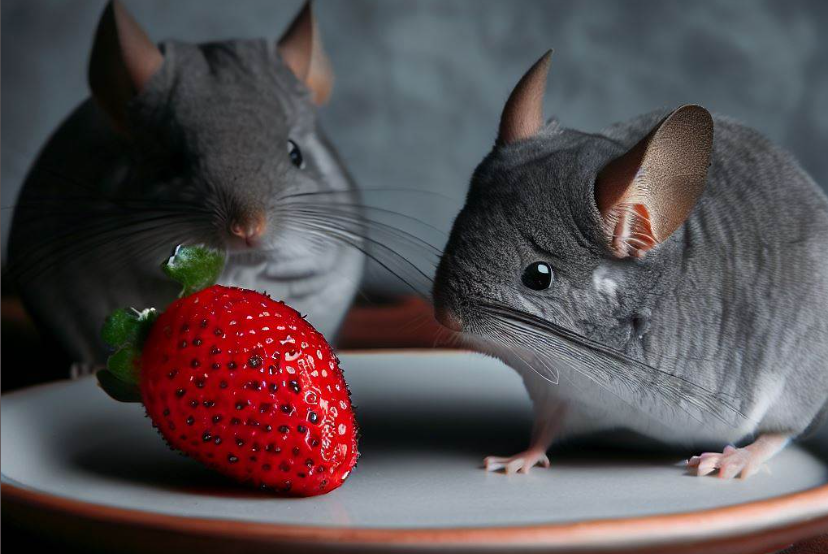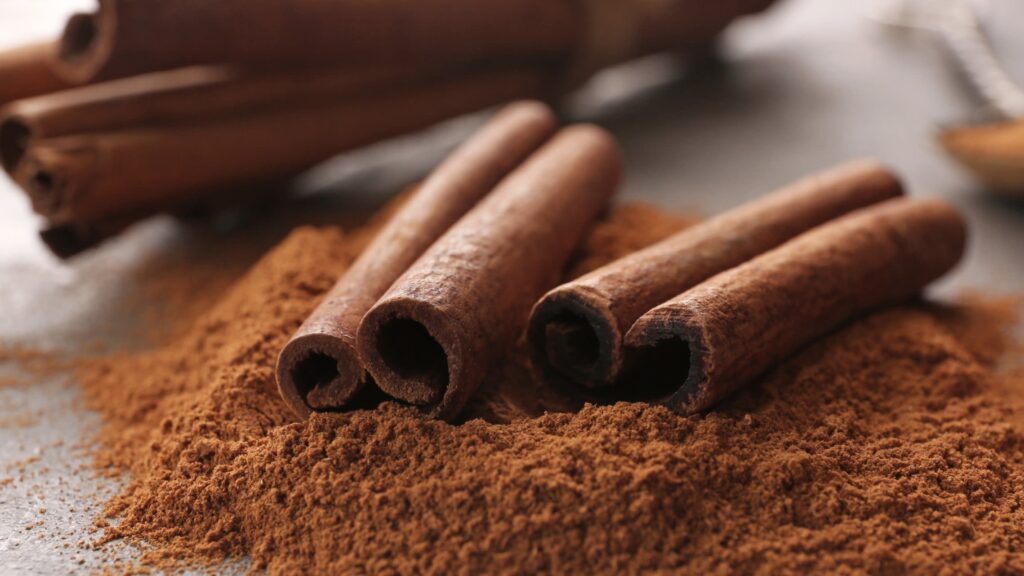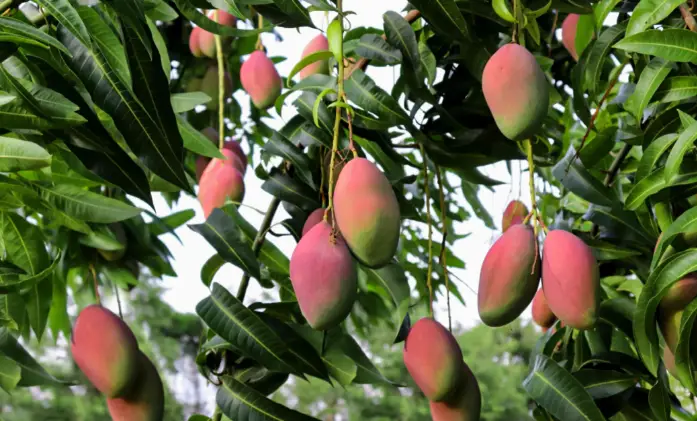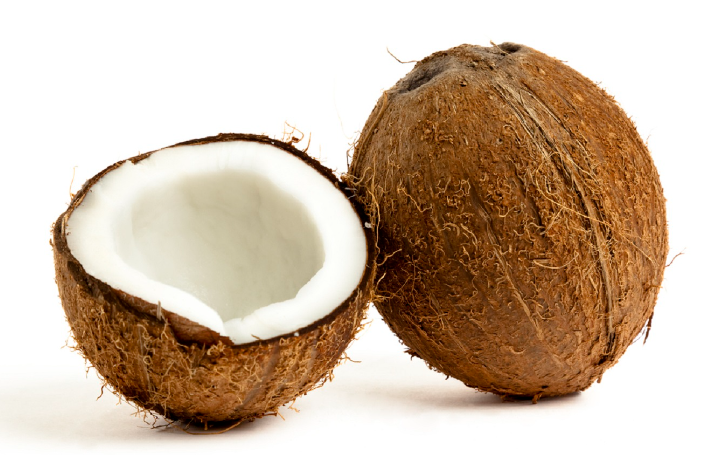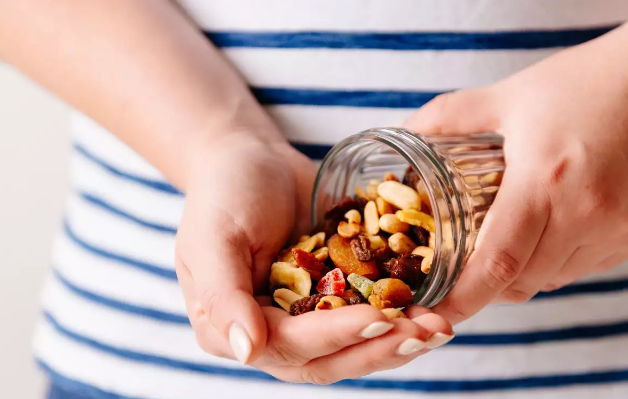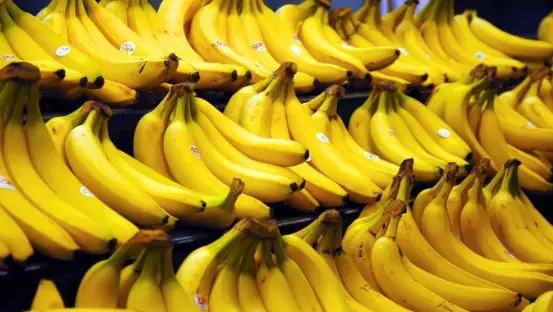Two yummy tropical fruits, papaya and pawpaw, are loved by many for their sweetness and enjoyable taste.
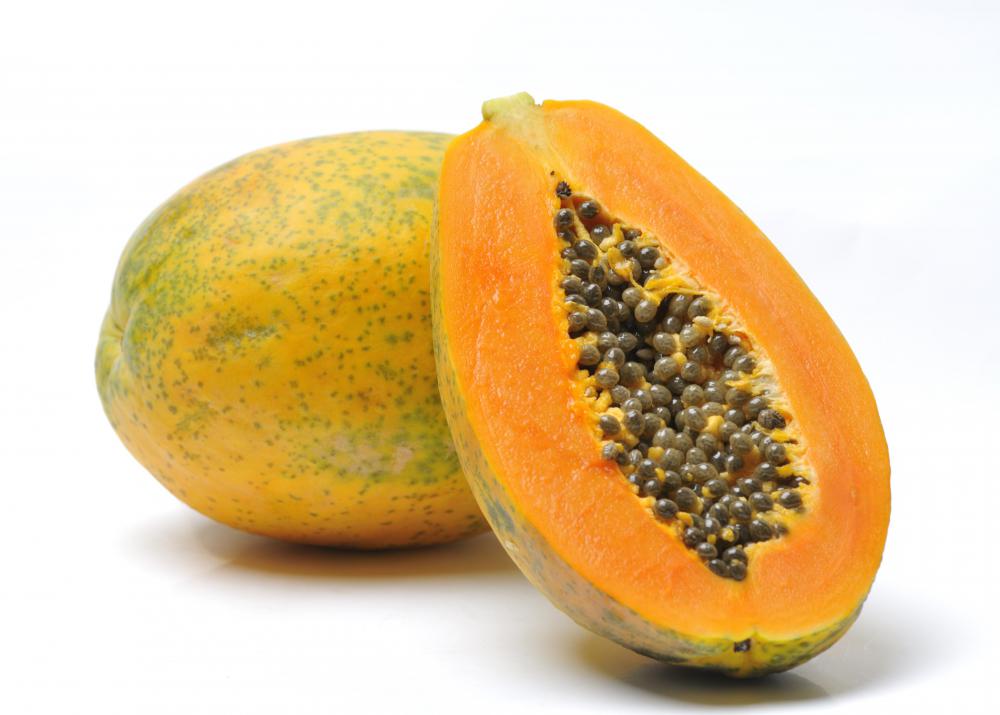
The papaya fruit comes from the Carica papaya plant, which is originally from Central and South America. But, it’s grown in many warm places around the world. A ripe papaya looks like a large oval and can be up to 20 inches long. The skin turns yellow-orange, and inside there’s sweet, juicy, orange flesh.

On the other hand, pawpaw grows from the Asimina triloba tree native to the eastern parts of the United States. Pawpaw fruits are smaller, about 6 inches long, with greenish-yellow skin when ripe. The inside has a creamy texture, similar to a custard, and tastes a bit like a mix of banana and mango.
Table of Contents
Look and Feel
| Papaya | Pawpaw | |
|---|---|---|
| Shape | Oblong | Round to oblong |
| Size | Big, up to 20 inches long and about 10 pounds | Smaller, up to 6 inches long and about 1 pound |
| Skin | Thin and yellow-orange when ready to eat | Greenish-yellow when ready to eat |
| Flesh | Bright orange, soft and juicy with a bit of graininess | Creamy like custard, yellow or white in color |
| Flavor | Sweet and tastes like the tropics | Like a blend of banana, mango, and pineapple |
| Seeds | Small, black, and jelly-like; okay to eat but usually thrown out | Large, black, not good to eat |
Papaya and pawpaw are sweet fruits that lots of people like.
Papayas are quite big – they can get 20 inches long and weigh as much as 10 pounds. The skin is thin and yellows up when it’s ripe, and inside, you’ll find orangy flesh that’s soft, juicy, and a tad grainy. There are lots of tiny black seeds, which you can eat, but most folks don’t.
Pawpaws aren’t as big. They can reach 6 inches in length and weigh about a pound. Their skins turn a greenish-yellow when they’re ready to eat. Inside, the flesh is super creamy and custard-like, either yellow or white. The taste reminds you of bananas, mangoes, and a touch of pineapple, but you don’t eat the big black seeds.
Comparing textures, papayas are softer and juicier, while pawpaws feel more like thick pudding. They’re both really yummy and have a unique sweetness.
Nourishment from the Fruits
Both papaya and pawpaw can be really good for you, giving you vitamins and minerals and other stuff your body likes.
Let’s see what they’ve got:
| Papaya | Pawpaw | |
|---|---|---|
| Calories | 119 per a cup (140g) | 80 per a cup (140g) |
| Carbs | 30g | 20g |
| Fiber | 5g | 3g |
| Protein | 2g | 1g |
| Fat | 0.5g | 0.5g |
| Vitamin C | 157% of what you need each day | 24% of what you need each day |
| Vitamin A | 33% of what you need each day | 8% of what you need each day |
| Folate | 14% of what you need each day | Not much |
| Magnesium | Not much | 7% of what you need each day |
| Potassium | 12% of what you need each day | 5% of what you need each day |
| Stuff that fights off illnesses | Beta-carotene, lycopene, things called flavonoids | Beta-carotene, vitamin C, and things called acetogenins |
Please note: DV stands for Daily Value based on eating 2,000 calories a day, but the real amount can vary depending on the specific fruit and how ripe it is.
Papayas also have antioxidants – stuff like beta-carotene, lycopene, and flavonoids. These can help lower your chances of getting diseases like heart problems, cancer, or diabetes.
Pawpaws have antioxidants too, like beta-carotene and vitamin C, plus these unique things called acetogenins that might help fight cancer.
Both fruits are low in calories and have a bunch of fiber. Papayas are especially high in vitamin C, vitamin A, and folate. Pawpaws give you magnesium and these special acetogenins.
What They Taste Like
The taste of papaya and pawpaw is special, and it changes depending on how ripe the fruit is.
Papaya:
Papaya has a sweet, tropical flavor with a hint of vanilla and a musky smell. It feels juicy and a little grainy, like a melon. If it’s not all the way ripe, it tastes lighter, which is great for salads or other dishes that aren’t sweet. Fully ripe papayas are super sweet and best eaten right away. They’re great by themselves or mixed into drinks like smoothies.
Pawpaw:
Pawpaw tastes like a mix of banana, mango, and pineapple with a dash of vanilla. Its texture is smooth and custard-like. When the pawpaw is all the way ripe, it’s really sweet and can be eaten alone or used in treats like ice cream or creamy desserts.
People love papaya for its sweet, musky taste and juicy feel. Pawpaw is known for its combination of tropical flavors and pudding-like texture.
How to Enjoy Them
| How to Use Papaya | How to Use Pawpaw | |
|---|---|---|
| Sweet Eats | Fruit bowls, drinks, treats, pastes, and meat seasonings | Frozen desserts, puddings, cakes and bread, pastes, drinks, and fresh fruit mixes |
| Hearty Meals | Not ripe papayas go well in fresh salads | Can be put in soups and stews |
| Other Stuff | Seeds can be turned into spices or used for health benefits in some places | Not used much for other things |
Papaya and pawpaw can be used in so many ways to make food taste good. They can go into sweet dishes and even into some main meals. You can also find special uses for some parts of these fruits, like papaya seeds, which some people use as a spice or for health reasons. Each fruit can be enjoyed in its own special way.
Fruits can be great in many different kinds of cooking, both sweet ones and savory ones.
Papaya:
Papaya is a fruit you can use in a lot of ways. You can eat it fresh, mix it into smoothies, or use it to make sauces and marinades a little sweeter.
If it’s not ripe yet, you can still eat papaya. People slice it thin and add it to salads, like the famous green papaya salad from Thailand. The seeds inside can be used like a spice or for health reasons in some parts of the world.[link]>
Pawpaw:
Pawpaw is a sweet fruit that is good for eating in both sweet dishes like ice cream and custards, and savory recipes, too. The fruit can be used to make creamy smoothies and sauces. You can eat ripe pawpaw by itself or mix it into a fruit salad. In some places, people use unripe pawpaw to make stews and soups taste better.
Both fruits are known for their sweet and special taste. People use papaya more in things like fruit salads and smoothies. Pawpaw is often in desserts like ice cream. Still, in different cultures and regions, both fruits can be part of savory dishes, too.
Cultivation
Papaya and pawpaw are both trees that grow fruit in warm places around the world. They each grow best in different conditions:
Papaya:
Papaya trees can grow very tall and like warm, wet weather with daytime temperatures around 68-90°F. They need to be in a place where it doesn’t freeze for at least four months.
Papaya trees have male and female flowers on separate trees. A tree with female flowers will grow the fruit, and a tree with male flowers will help with making the fruit by spreading pollen. Papaya trees can start having fruit after 6 to 9 months and keep making more for about 3 years.
Papayas need water, food like fertilizer, and trimming to stay healthy and not get too big. When they turn yellow or orange, that’s when you pick the fruit. You have to be gentle because they can bruise easily. The best time for papayas to make fruit is in the summer, but they can also produce all year if the weather’s just right.
Pawpaw:
Pawpaw trees grow more slowly and are shorter than papaya trees. They like warm, wet weather, too, but they can handle a little frost. If you want to grow pawpaws, you’ll need two different trees so that the flowers can be pollinated and make fruit. It takes about 5 to 7 years before you’ll see any fruit, which only lasts 2 to 3 weeks.
To grow healthy pawpaw trees that will give you fruit, it’s important to water them and feed them regularly. Pruning helps control their size. When pawpaw fruits become yellow-green or brown, they are ripe and can be picked carefully to avoid damaging them. They are usually ready to pick in the fall.
Both papaya and pawpaw need a warm and wet place to grow, and neither likes the cold. Papaya trees grow faster and have fruit for longer than pawpaw trees. Both kinds of trees need the right conditions for pollination.
Geographic Distribution
Papaya and pawpaw grow in warm climates all over the world. Here’s where they are normally found:
Papaya:
Papaya is from Central America and Mexico and is now grown in tropical areas all around the world like the Caribbean, South America, Africa, and parts of Asia and the Pacific Islands.
Brazil, India, and Mexico grow the most papayas. They are also grown in places like Nigeria, Indonesia, and Thailand. Other countries like the United States, Australia, and some parts of Europe grow papayas too, but not as much.
Pawpaw:
Pawpaw is from the eastern part of the United States and is also grown in other parts of the country, Canada, and other temperate climates around the world.
Pawpaw is grown in tropical places like Brazil and the Caribbean, too. But it’s not as commonly grown as papaya and is more of a special fruit in many areas.
Overall, papaya is grown and eaten more all over the world than pawpaw. Papaya is big in Latin America, Africa, and Asia. Pawpaw mostly grows in North America and isn’t as well known in other parts of the world.
Is Paw Paw and papaya the same thing?
Why is papaya called pawpaw?
Summary
Papaya and pawpaw are both kinds of fruit trees that can make our food taste better and are good for our health. They can sometimes be used in recipes in place of each other, but they’re not the same thing. Papaya is bigger and a little softer compared to the smaller and creamier pawpaw.
Both fruits need similar care like enough water and food, and they like being trimmed to keep their shape. Even though people grow papaya in many places in the world, people mostly grow pawpaw in North America.
In the end, whether you choose papaya or pawpaw, both fruits can add a special flavor to your food and are a tasty choice for gardens and kitchens.
